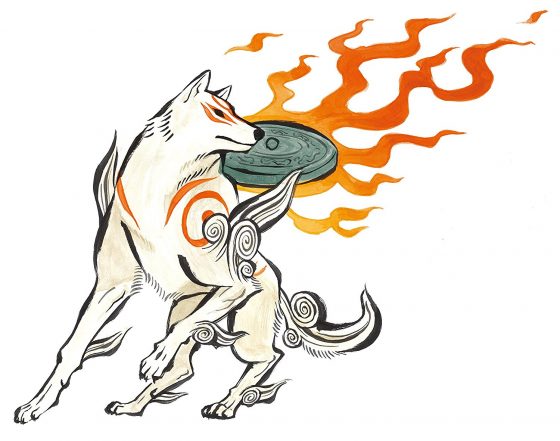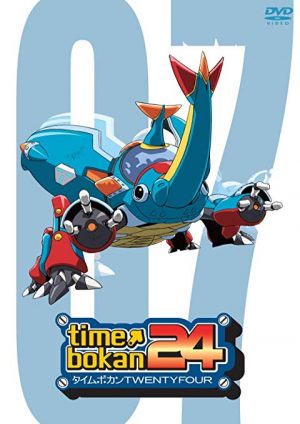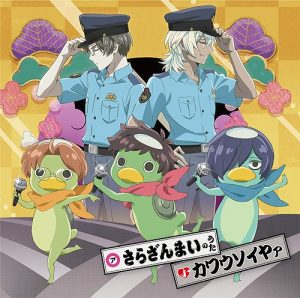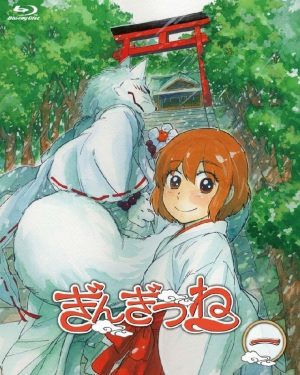
Japanese culture has long had a deep connection with animals, perhaps most notably in the context of Japan’s native religion, Shinto, which features numerous kami ("spirits") often associated with animals and the traditional way of life that had a focus on living in harmony with nature. One important animal in Japanese culture is the wolf.
Now thought to be extinct, Japanese wolves have an interesting history from a cultural and zoological perspective and have made their way into modern pop culture as well! Join us as we explore the enduring legacy of Japanese wolves.
Species Specifics - Honshu & Hokkaido
Taxonomically speaking, there are two types of Japanese wolves: the Honshu wolf (usually just called the Japanese wolf) and the Hokkaido wolf (sometimes called the Ezo wolf). Both are subspecies of the gray wolf and named after the islands of Japan they used to be found in, Honshu (the largest main island of Japan that makes up the middle) and Hokkaido (the second-largest main island, to the north of Honshu), although the Japanese/Honshu wolf was also found in Shikoku and Kyushu.
Japanese wolves were similar to other gray wolf subspecies but were generally smaller, had shorter legs, and were genetically distinct from wolves found in nearby places like China and Russia in a way that suggests crossbreeding with domesticated dogs. Hokkaido wolves, however, were comparable to the large wolves found in Russia and North America and more genetically similar to those wolves as well.
Wolves & The Japanese
Unlike in many Western cultures, wolves were historically considered benevolent creatures in Japan. In Shinto, they were often messengers of the kami and deeply associated with mountains and powerful mountain spirits called Yama-no-Kami. This connection is shown in the Japanese word for wolf, ookami, which literally means "great spirit".
Wolves helped to protect farmers’ crops by hunting wild boars and deer and were said to guide those lost in mountains or deep forests. Interestingly, Fujiwara no Hidehira, who ruled much of the Tohoku region in the 12th century, was said to have been raised by wolves, similar to the legendary founders of Rome, Romulus and Remus. Even today, many shrines still exist in Japan to honor wolves and many mountain villages are named after them.
To the Ainu, one of the indigenous peoples of Japan who live mostly in Hokkaido, wolves were revered as Horkew Kamuy ("howling god") and some of their legends state that the Ainu were descendents of a great white wolf and a goddess. Ainu hunters gave wolves special respect and were forbidden from using firearms or poison against them. No distinction was made between wolves and their own dogs who were allowed to run free and produce hybrid offspring, likely contributing to the development of modern Japanese dog breeds. The "Ezo" we mentioned before in "Ezo wolf" is another name for the Ainu.
Extinction
If wolves were largely loved and revered by the Japanese, why did they become extinct? Multiple factors were involved in this cultural shift but it can be primarily linked to Japan’s modernization, particularly during the Meiji restoration. Wolves were known to prey on horses so as more and more horses became part of everyday life in Japan, tensions increased. The growing population and economy also led to the destruction of the wolves’ habitat through deforestation, forcing wolves in contact with humans more often.
The final blow was the introduction of rabies in Japan from Korea and China in 1736 which quickly spread from dogs to wolves and prompted widespread organized hunting and poisoning of wolves with backing from the government to prevent attacks. Because of this Hokkaido wolves eventually became extinct in 1889 with Japanese wolves following shortly in 1905.
Wolves in Modern Japanese Pop Culture
Although sadly extinct, wolves persist in Japanese culture as part of Shinto and in media like games and anime. Perhaps most prominently, wolves feature in Studio Ghibli’s Mononoke Hime (Princess Mononoke) where feral princess San’s adoptive mother, the giant wolf kami Moro, and her clan play a large role in the story. Moro’s presence, demeanour, and iconic death scene where her severed head bites off Lady Eboshi’s arm are memorable and likely reflect the respect and sorrow director Hayao Miyazaki feels towards Japanese wolves, a very real example of the destruction of nature by mankind he explored in the film.
Another striking example of wolves in anime can be found in Mamoru Oshii and Hiroyuki Okiura’s morose alternate history masterpiece Jin-Roh: The Wolf Brigade where wolves serve as metaphor and imagery throughout the film for lead character Kazuki Fuse’s life within the special police forces. Interestingly, Jin-Roh also heavily incorporates elements from the European fairy tale Little Red Riding Hood.
The series Wolf's Rain also explores wolves who are able to disguise themselves in human forms to live among them and their struggle to survive as they search for a hidden paradise said to only be reachable by wolves by following the scent of a mysterious lunar flower.
Some other examples of wolves in Japanese media include Mamoru Hosoda’s family drama film Ookami Kodomo no Ame to Yuki (Wolf Children) which similarly concerns children who can transform between human and wolf forms, Clover Studio’s beloved video game Ookami which takes heavy inspiration from Japanese mythology and traditional art form sumi-e, and Fox McCloud frequent rival Wolf O'Donnell from the Star Fox series.
Final Thoughts

Evocative, powerful, and mysterious, wolves have and continue to be part of Japan’s rich culture and a grim reminder of humanity’s capacity for destruction. In any case, we hope you enjoyed this article. Let us know your own thoughts in the comments section below and be sure to stick around Honey’s for more of all things awesome, anime and otherwise! Awoooo~ yeah!
Recommended Post
What is a Kappa? [Definition; Meaning]
Recommended Post




